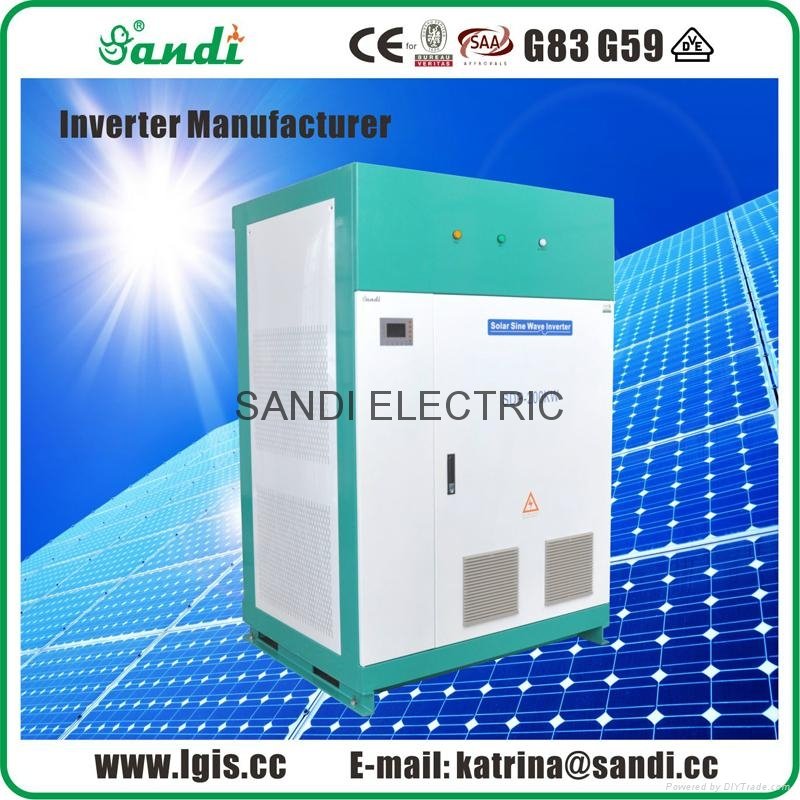

any panel with a main breaker, for which the manufacturer offers an inexpensive sliding-plate interlock.We recommend large panels because breaker spaces are cheap and running out of spaces is annoying and expensive. Your "critical loads subpanel" can be a simple thing I wrote that last paragraph because I want you to know that technology exists, to distinguish it from what you want. These emulate the grid so well that they fool UL 1741 solar inverters, and they use the generated power to recharge their battery. (on Tesla Powerwall and other serious grid-forming kit, the switch is automatic). That third type is a grid-forming designed to do both in one box, while interlocked with an isolation switch so it will only "create a grid" if the switch has been pulled. Those follow UL 458 for their product standard, though you don't really need to know about that - you just need to select one that is UL, CSA or ETL listed for your purpose, and use it per instructions. You want an off-grid or grid-down inverter, aka "plain old inverter". The standards to do all that are UL 1741. They must interact properly with the grid, shut down when the grid is down (anti-"islanding" to avoid zapping linemen), and not start when a house is on generator. Grid-tie inverters are for people who live "on the grid" and exclusively want to sell power back to the utility while the grid is up. Though there are combo inverters that do both. Generally, they break into "Standalone" and Grid-tie". There are 2 different kinds of inverters. They write thousands of product standards, such as the UL White Book and numbered standards. While UL is a testing lab, they are also a standards-writing organization. It must be designed for the purpose you're putting it to, and you must use it according to its labeling and instructions (NEC 110.3).
Off grid solar inverter install#
OK you're a bit confused but straightening that up is what we do :)Īny equipment you install in home wiring needs to be approved (NEC 110.2) and that means by UL, CSA, ETL or other "NRTL". But what about off grid inverters used in a house? Do they need that too?įollow-up question: So what kind of stamp of approval (if any) do I need to pass an electrical inspection if the inverter is permanently installed in my house and not an RV?

I know that grid-interactive inverters are required to have a UL1741 listing. Ideally I'd like a hybrid off grid inverter that could manage power from solar/battery/generator and send it to the sub panel. The DIY'ers out on the internet seem to be installing this stuff with no regard to code. All the UL1741 certified inverters I can find are either inefficient, or have really bad THD. I won't be sending power back to the grid. I live in Washington, US, and we are using the NEC 2020 code. The idea is to reduce my electrical bill, and have some power to use for those circuits during power outages. I'd like to put some solar panels near my house and power a small sub panel with a few key circuits.


 0 kommentar(er)
0 kommentar(er)
